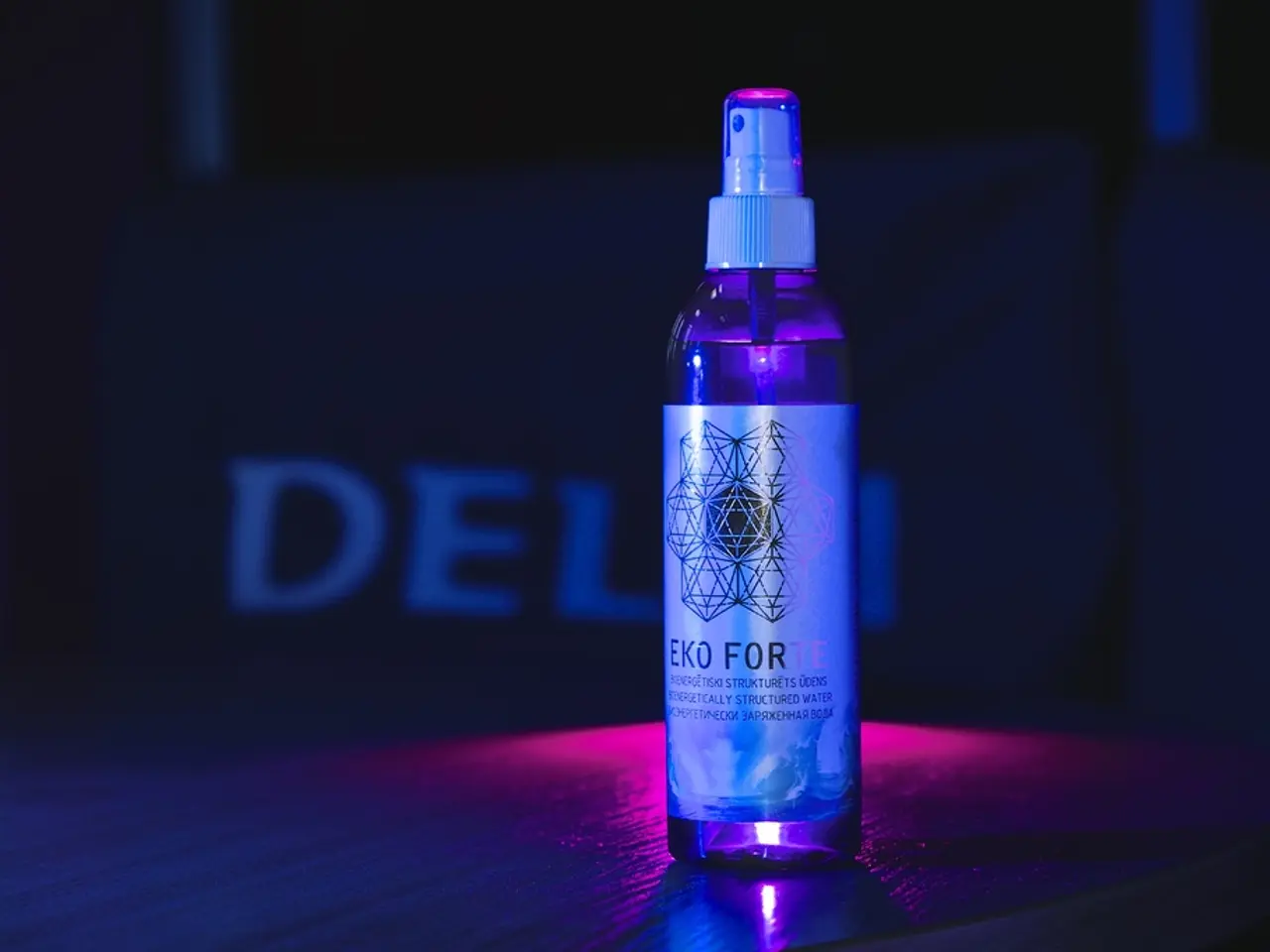Mouse behavior is improved with dietary supplement in Angelman syndrome experiment.
A groundbreaking study, led by researchers Maier and colleagues, has shed light on a potential new therapy for Angelman syndrome. The study, titled "Dietary Intake of Octanoic Acid Restores UBE3A Expression and Improves the Behavioral Phenotypes in a Mouse Model of Angelman Syndrome," was published in The FASEB Journal.
Octanoic acid (OA), a fatty acid found in breast milk, has been identified as a potential candidate for early treatment of Angelman syndrome during brain development. The study suggests that OA should be explored as a potential therapy for Angelman syndrome, not only during prenatal and postnatal development but also in adulthood.
In the brain of individuals with Angelman syndrome, only the maternal copy of the UBE3A gene is active in nerve cells, while the copy from the father remains inactive. Normally, this imbalance is maintained by a regulatory RNA molecule. However, OA has been found to reduce the production of this molecule, thereby facilitating the increase of UBE3A protein levels.
The study shows that OA supplementation could be a promising therapy for Angelman syndrome, particularly if applied during the early stages of brain development. In a mouse model of the syndrome, OA helped reactivate a gene that's normally suppressed, leading to improvements in memory and cognition. Mice exposed to OA performed better on behavioral tests, showing better short-term spatial memory and building more normal nests.
Moreover, OA supplementation was particularly pronounced in the hippocampus, an area of the brain involved in learning and memory. Hippocampal neurons of mice treated with OA had lower levels of the enzyme TOP2B, which may contribute to the reactivation of the silenced, paternal Ube3a allele.
While unsilencing the paternal copy could be a treatment strategy for Angelman syndrome, previous approaches have had issues with effects on other genes, invasiveness, and precise dosing. OA intervention during an early prenatal period of brain development could prove more efficacious in reversing the phenotypic deficits observed in Angelman syndrome animals.
The researchers emphasise that more research is needed to examine effective octanoic acid doses and stem cell-derived neurons from people with Angelman could be used as a model. If further studies confirm the potential of OA as a therapy, it could open up new avenues for treating this debilitating condition.
Read also:
- Peptide YY (PYY): Exploring its Role in Appetite Suppression, Intestinal Health, and Cognitive Links
- Toddler Health: Rotavirus Signs, Origins, and Potential Complications
- Digestive issues and heart discomfort: Root causes and associated health conditions
- House Infernos: Deadly Hazards Surpassing the Flames








